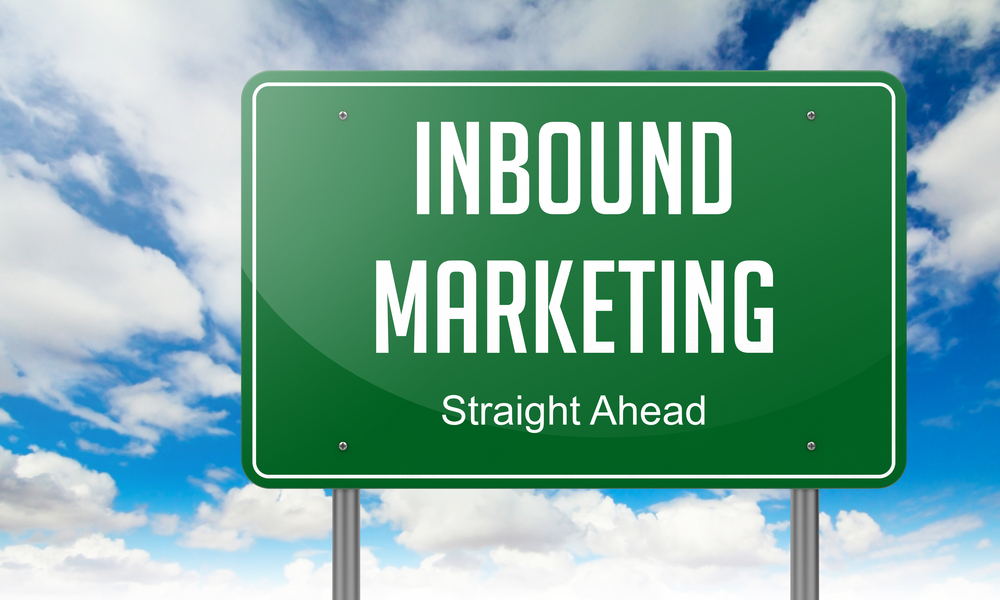 Marketers increasingly recognize that if they want higher ROI, more qualified sales leads, lower cost per acquisition, and increased brand authority, inbound marketing is essential.
Marketers increasingly recognize that if they want higher ROI, more qualified sales leads, lower cost per acquisition, and increased brand authority, inbound marketing is essential.
Inbound marketing is unlike traditional outbound marketing approaches that have marketers vying for customers’ attention via ads, trade shows, and cold calling. Instead, inbound focuses on having potential leads come to you via company-created content that drives visitors to your website, engages them, and helps your sales team convert them into customers and loyal brand followers.
Inbound marketing includes a range of unique tactics. The question is, which inbound tactics work best for your marketing needs? Here’s a simple Q&A that can help you decide:
Q: How can I answer potential customers’ main concerns?
A: A blog - especially one that’s educational and is frequently updated with fresh content - works best in providing your leads with the information they need. A blog can be an article, Q&A, customer interview, etc. - all excellent formats for explaining how a technology works, what kinds of customer success it has had, how it compares with your competition, what if any implementation problems can be expected, and more. The more informative and frequent your blogs, the greater the customer trust and top-of-mind awareness generated.
Q: How can I give my leads information with greater depth, formality, and value?
A: Offer your potential leads a white paper, which not only influences the decision-making process of prospective customers but also provides added value because it is meant to be downloaded in exchange for the prospect’s contact information.
Q: How can I prove to potential customers what my company’s solution really works?
A: Give them a case study that analyzes a real-life situation wherein past clients bought your solutions and used them to great success. The case study identifies these customers’ problem, the applied solution -- your product or service, of course , how it was implemented, and what factors contributed to the success of the endeavor. Make the case study even more appealing by featuring customers your leads can relate to.
Q: How can I grab my potential customers’ attention quickly to get them buzzing about my brand?
A: Grab them with an infographic. Make sure it is well designed to arouse customer interest and dynamic and engaging enough to be shareable. The imagery must be vibrant; the text tight and succinct. Choose the style -- timeline, instructional, comparison infographics -- most relevant to your offering; use industry trending topics; enhance credibility with thorough research or industry thought leader quotes.
Q: What long-term tool can I use to attract, convert, close, and delight?
A: Social media allows you to engage with people, attracting visitors to your site with posts relevant to them. It lets you project reliability and trustworthiness and thus build your brand by providing readers with credible information, useful topics, images, and tone that help you engage with people online. Social engagement - responding to customer inquiries, providing feedback, and even handling negative reviews - results in a positive image of your business in potential customers’ eyes. In addition to free posting, creating paid relevant and timely social ads puts your brand in front of the right people, increasing your followers and opportunities for conversion.
Q: How can I provide product information as well as human connection?
A: Webinars provide valuable information in an engaging, person-to-person way. They add humanity to abstract data; they act as lead generators since you can request customer contact information as a “fee” for the webinar. This all means instant lead capture, direct engagement with prospects, low-cost implementation, and a more immediate way than e-books or white papers to convey and clarify immense and complex information thanks to interactive capabilities.
Q: Which cheap, non-labor-intensive tool can I use to engage potential customers?
A: The podcast interview only requires a laptop, two microphones, and a nice-sounding colleague to have interesting conversations in a natural setting with top people in your industry - interviews that drive new business and increase brand awareness. Podcasting can take less time than writing a post, which means a more cost-effective payoff. Ensure that you’re talking about the things that are interesting or relevant to your targeted audiences.
Q: Who can help me get this off the ground?
K2 Global Communications is a HubSpot VAR and a content house, so we can assist with getting you started.


